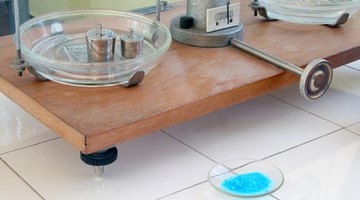Purpose of a Reflux Condenser
Condensation refers to the alteration of a physical state of matter from a gaseous state to a liquid state. The reflux condensation technique utilizes the boiling of a liquid in a vessel connected to a condenser, called the reflux condenser, which enables the continuous condensing of the liquid for reboiling.

Design
Reflux condensers are comprised of lengths of tubing equipped with cooling jackets which attach to the top of a vessel. Condensation vapors flow through the condenser and are sent to the vessel. Gases not condensed are released via a needle valve positioned at the head of the reflux condenser.
Purpose
Reflux condensers are used in laboratory and industrial distillations, and are also used to provide energy in chemical reactions over a long time period. Reflux condensers are also contained in air-cooler steam condensers and vent condensers.
Limitation
Vapor velocity occurring at the reflux condenser’s entry point, or inlet, can impair the downflow of condensation from the condenser. This can result in flooding, which can in turn result in unstable condensing.
References
- "Steam Surface Condensers: Basic Principles, Performance Monitoring, and Maintenance"; Richard E. Putman; 2000
Resources
- "Refinery Process Modeling"; Gerald L. Kaes; 2008
Photo Credits
- laboratory image by Radu Razvan from Fotolia.com
- laboratory image by Radu Razvan from Fotolia.com
More Articles



